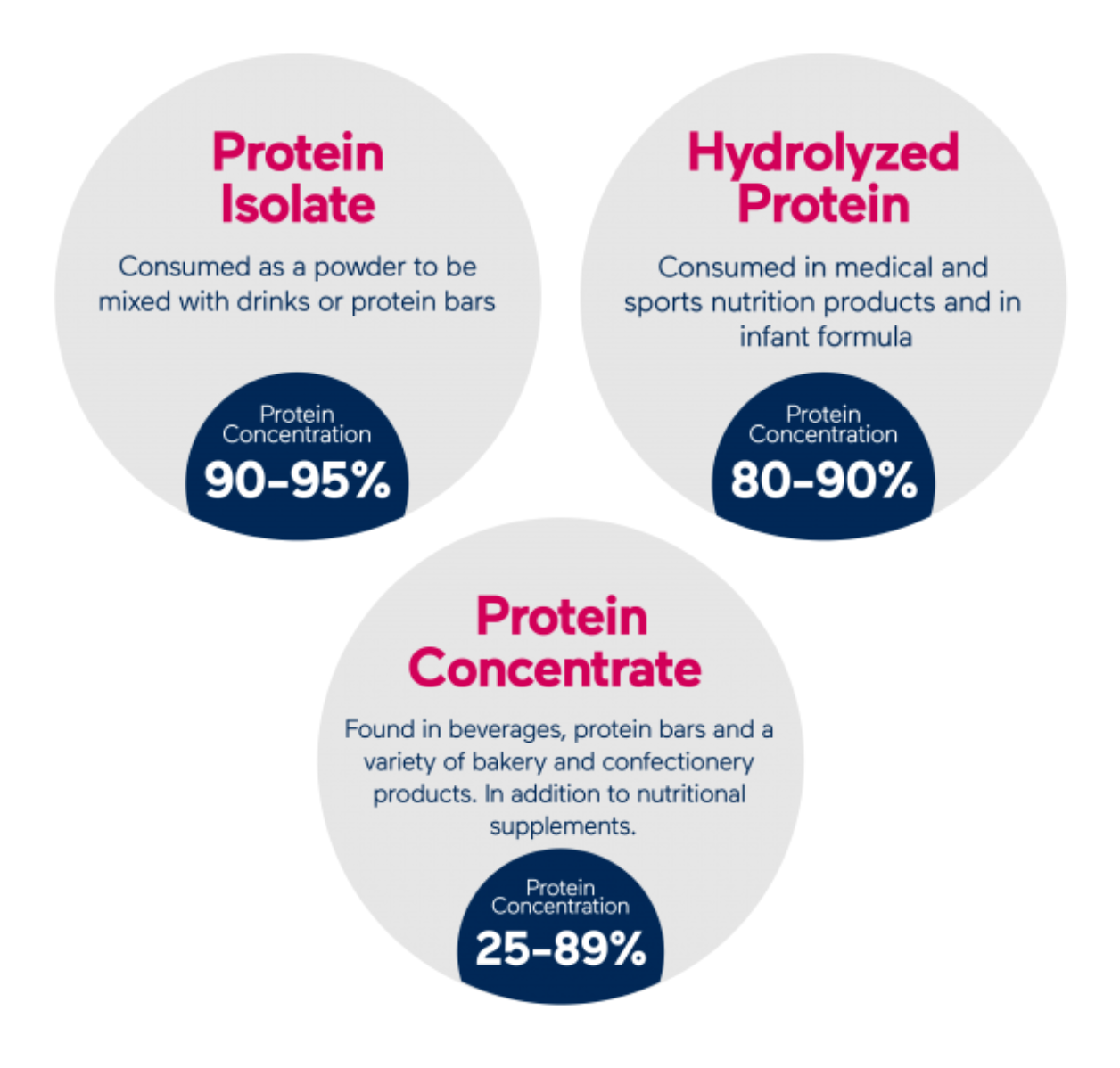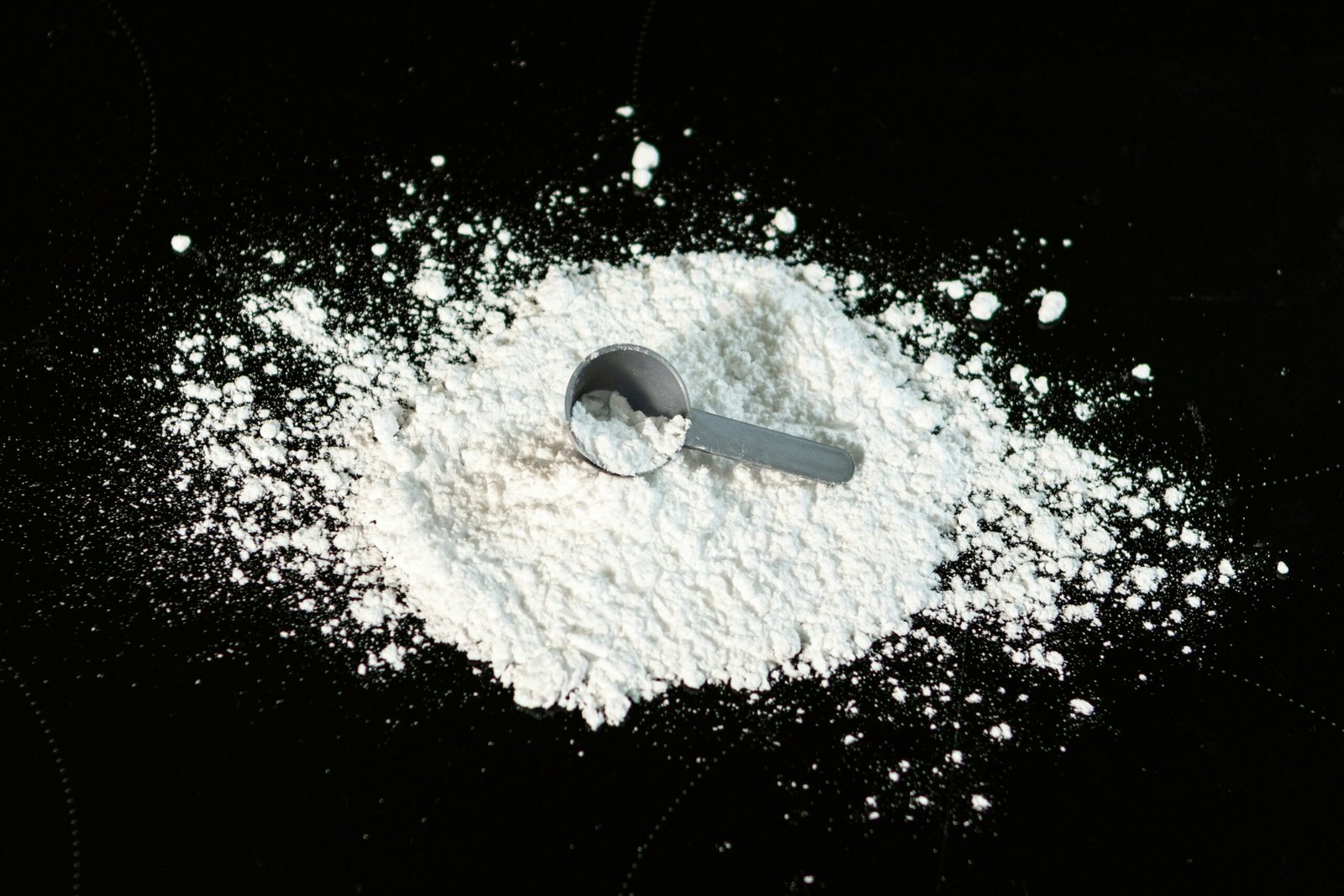
Understanding Whey Protein
Whey protein is a high-quality protein derived from milk during the cheese-making process. When milk is curdled, it separates into curds and whey. The whey is the liquid component containing a rich concentration of proteins essential for various bodily functions. Whey protein is considered a complete protein, as it houses all nine essential amino acids required for optimal health. This has made it popular among athletes and fitness enthusiasts seeking to enhance their muscle recovery and growth.
When consumed, the amino acids in whey protein are rapidly absorbed by the body, facilitating quicker recovery after intense activity. Its consumption leads to improved performance, increased muscle mass, and enhanced overall recovery. Consequently, it plays a vital role not only for those engaged in strength training but also for individuals pursuing general fitness and wellness goals.
Whey protein is available in various forms, influencing its nutritional content and benefits. The three primary types are whey protein concentrate, isolate, and hydrolyzed whey protein. Each type undergoes different processing methods that affect its protein concentration, lactose content, and absorption rates. While concentrate retains more beneficial compounds found in whey, isolate boasts a higher protein content with minimal fats and carbohydrates. Hydrolyzed whey undergoes hydrolysis, allowing for faster digestion and absorption, making it an excellent option for those with lactose sensitivity. Understanding these differences will help you select the right whey protein supplement to meet your dietary goals.
Whey Protein Concentrate: The All-Rounder
Whey protein concentrate is one of the most popular form of protein supplement among individuals seeking to enhance their dietary protein intake. It typically contains between 70% to 80% protein. The remaining composition consists of fats and carbohydrates, contributing to its overall nutritional profile. This moderate level of fat and carbohydrates makes whey protein concentrate an ideal choice for those who prefer a supplement that does not excessively limit macronutrient intake while still delivering essential amino acids.
The processing of whey protein concentrate involves a series of steps that help maintain its bioactive compounds while concentrating the protein content. Whey protein is derived from the cheese-making process, where the liquid whey is separated from the curds. The liquid is then filtered and undergoes minimal processing to preserve its nutritional integrity. This results in a product that offers a satisfying blend of proteins, fats, and carbohydrates, making it suitable for diverse dietary plans.
Whey protein concentrate is particularly beneficial for those engaging in a range of fitness regimens, including bulking and muscle maintenance. It supports post-workout recovery by providing the necessary amino acids required for muscle repair and growth. Moreover, its versatility allows it to be easily incorporated into shakes or baked goods, increasing the protein content of various meals.
From a cost-effectiveness standpoint, whey protein concentrate is more affordable compared to its counterparts, such as whey isolate and hydrolyzed. This accessibility makes it an ideal choice for individuals focusing on routine workout sessions and long-term health benefits. Overall, whey protein concentrate serves as a fundamental supplement, catering to a wide array of fitness objectives while remaining budget-friendly.
Whey Protein Isolate: The Purest Form
Whey protein isolate stands out as the most refined version of whey protein available on the market. Typically containing around 90% protein by weight, it is significantly purer than its counterparts. The higher protein content in whey protein isolate makes it an appealing choice for individuals keen on maximizing their protein intake while minimizing fats and carbohydrates.
The production of whey protein isolate involves a meticulous filtration process that separates the protein from fats and lactose. This results in a product that is high in protein and low in lactose. This characteristic makes isolate particularly advantageous for those who are lactose intolerant, as it allows for easier digestion.
Individuals pursuing specific fitness goals may find whey protein isolate to be a highly beneficial supplement. For those aiming for fat loss, the low-fat content paired with high protein helps in maintaining lean muscle mass during caloric deficits. Moreover, athletes focused on muscle building benefit from the isolate’s rapid absorption rate, which facilitates quicker recovery and muscle repair post-exercise. The sprint-like absorption ensures that the amino acids are delivered to the muscles when they are most needed.
However, it is important to note that not all whey protein isolate products are created equal. Some may contain artificial flavorings and additives that could alter their nutritional profile. Therefore, you should always check labels to ensure you choose high-quality products that meet your dietary preferences and needs. Whey protein isolate is also expensive compared to other forms of protein, hence, it’s essential to understand the differences in supplementation and one’s fitness goal.
Hydrolyzed Whey Protein: The Fast-Acting Solution
Hydrolyzed whey protein is a specialized form of whey that has undergone a process known as hydrolysis. It breaks down the protein molecules into smaller peptides. This pre-digestion significantly enhances the protein’s absorption rates, making it an ideal choice for those who seek rapid recovery following intense training sessions. Because of its fast-acting properties, hydrolyzed whey protein allows for quicker replenishment of amino acids in the muscles.
One of the most significant advantages of hydrolyzed whey is its ability to minimize the risk of gastrointestinal discomfort, which some individuals experience with other forms of protein. The smaller peptides are typically easier to digest and absorb, thus making it a suitable option for those who may have sensitivities to full-length proteins. Moreover, its quick absorption means that athletes can consume it shortly after workouts for the best results, ensuring that their bodies are adequately fueled to repair and grow muscle tissue.
However, it is essential to consider the potential downsides of hydrolyzed whey protein. For one, the taste may be less favorable compared to whey concentrate or isolate, often described as having a more bitter or artificial flavor. Additionally, hydrolyzed whey tends to be pricier than its counterparts, which can be a consideration for those on a budget. This type of protein is particularly recommended for individuals with high protein demands, such as those engaged in rigorous training regimens, endurance sports, or bodybuilders aiming to maximize their muscle gains.
When comparing hydrolyzed whey protein with isolate and concentrate, consumers must evaluate their specific fitness goals, dietary preferences, and budget constraints before deciding on which form of whey protein is the best fit for their needs.


